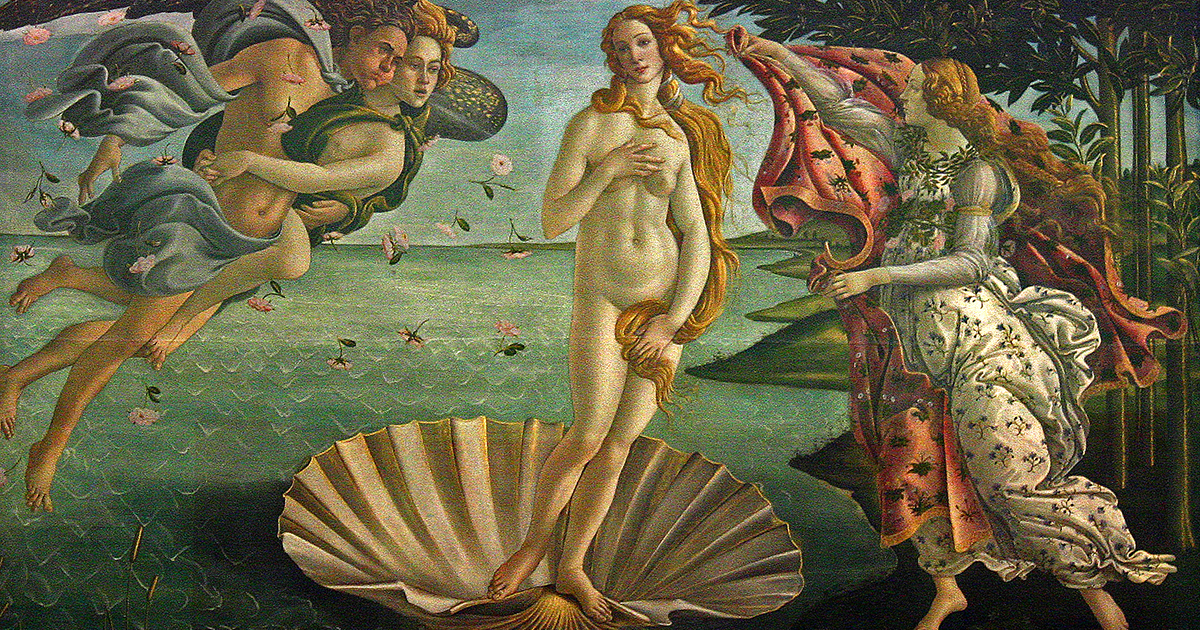
“There’s never been a more pronounced focus on the creator economy.
“Monetizing digital content is nothing new, but the pandemic turbocharged the sector as people turned to social and subscription platforms to supplement their income during stay-at-home measures — or out of boredom like many TikTok stars who joined the growing platform as something to do and found a full-time career.
“That momentum from 2020 has only increased this past year.”
Source: KC Ifeanyi, Fast Company
AT A GLANCE:
Fast Company’s KC Ifeanyi examines the burgeoning creator economy, which has continued to gain momentum since the beginning of the COVID pandemic. She offers five predictions for the turbocharged sector that we can expect throughout 2022.
Creator funds aren’t going away anytime soon, she says, but they aren’t necessarily a source of stable income for creators.
“At this point it’s become table stakes to have a creator fund,” says Kaya Yurieff, who covers the creator economy for The Information. “What I hear over and over again from creators, though, is that unless they had a huge viral month of video views, it really doesn’t move the needle.”
Alessandro Bogliari, cofounder and CEO of Influencer Marketing Factory, agrees. “What social media [platforms] sometimes don’t understand is that social media is not just about the features and the money, it’s about the community,” he says. “It’s about what you can create and how long can you stay there? Of course, some [creators] want to get the easy money and run away, but the others that want to do that as a job, they want to be sure that they can get more out of it, more on a monthly basis than just getting one big payment.”
Brands are also getting in the game by using creators to reach niche audiences, Ifeanyi says, noting that “31% of creators cited influencer marketing as their main source of income.” The data shows this is an effective approach, with 73% of Gen Z Americans seeking brands that understand them, while 76% want a brand that’s accepting of different identities and experiences — “precisely where content creators at various levels of reach are bridging the gap,” Ifeanyi writes.
CRUSHING IT IN THE CREATOR ECONOMY:
The cultural impact a creator has is already surpassing that of traditional media, but there’s still a stark imbalance of power between proprietary platforms and the creators who use them. Discover what it takes to stay ahead of the game with these fresh insights hand-picked from the NAB Amplify archives:
- The Developer’s Role in Building the Creator Economy Is More Important Than You Think
- How Social Platforms Are Attempting to Co-Opt the Creator Economy
- Now There’s a Creator Economy for Enterprise
- The Creator Economy Is in Crisis. Now Let’s Fix It. | Source: Li Jin
- Is the Creator Economy Really a Democratic Utopia Realized?
But brands themselves, and even celebrities, are also becoming creators. “Every small business sees the need to become a creator,” says Adobe chief product officer Scott Belsky. “Whether you’re the local laundromat or pizza shop down the street… you now realize that your brand is only as timely and fresh as your content is. And that you need to be represented in your customers or potential customers’ streams on all these social platforms in order even to have a growing business.”
The risk of burnout, however, is real, and Ifeanyi cites a recent survey which found that 90% of creators experienced burnout and 71% said it even made them consider quitting.
“We’re gonna start to have more of a labor conversation next year, because I think right now we romanticize the creator economy a little bit,” says Yurieff. “I hear this from creators a lot that they’re like, ‘Everyone thinks this is so easy, and I just film videos at home and it’s so fun and it’s so cool living my dream.’ ”
Finally, NFT’s will have more real-world benefits, Ifeanyi predicts. “The hype around non-fungible tokens (NFTs) has naturally bled into the creator economy in the form of social tokens which allow creators to sell their own NFTs to fans in exchange for exclusive access and content,” she says. “As a creator’s star rises, so does the value of their NFT.”
Where others see chaos, Yurieff, for her part, is optimistic about the burgeoning real-world applications for NFTs. “Some of the crypto conversations can be intimidating. And so I think you’ll have early movers and people who are interested in it. And then you’ll have creators who kind of are in a wait-and-see mode with it.”
Head over to Fast Company to read the full story.

